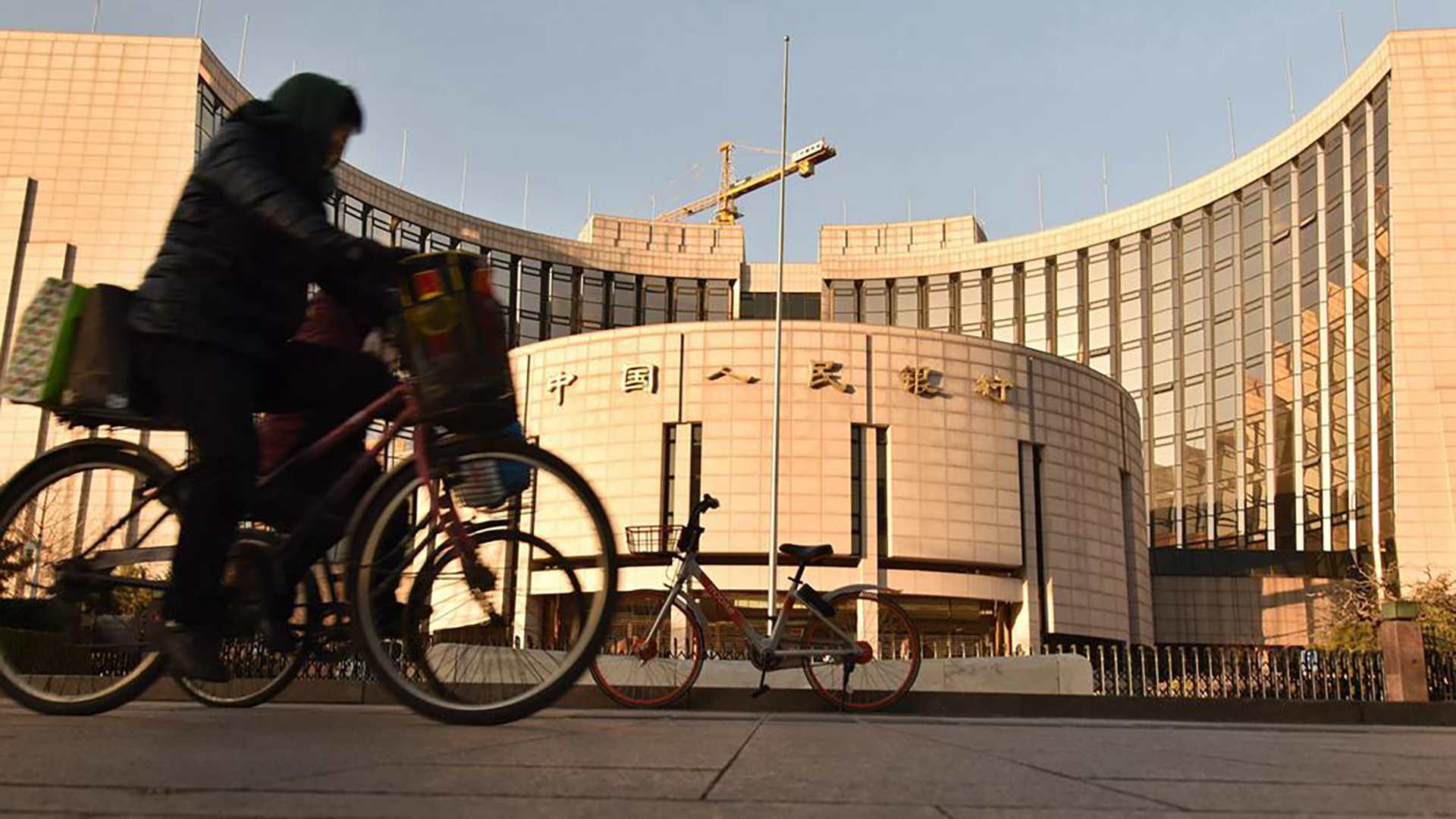
Economy
15:59, 16-Jan-2019
PBOC’s fresh data shows stable growth
Updated
19:48, 17-Jan-2019
By CGTN’s Global business
02:19

The stabilized growth in the money supply could be seen as a result of the central bank's continued effort to make financial policies more forward-looking and flexible for the sake of securing a sound financial environment, Ruan Jianhong, director of the survey and statistics division of the People's Bank of China (PBOC) said on Tuesday, as the central bank released data from 2018 that showed that China's broad money supply growth stabilized at 8.1 percent year-on-year.
PBOC's fresh data on Tuesday showed that China's broad money supply growth or M2, a broad measure of money supply stabilized reached about 182.7 trillion yuan (27 trillion U.S. dollars) in December, grew by 8.1 percent year-on-year.
“The sound growth of M2 stems from the central bank's targeted efforts in two aspects. First, is we increased the adequate liquidity supply in the medium and long term, like the incremental operation in Medium-term Lending Facility. Second, we adopted measures to effectively guide off-balance-sheet financing back to on the book,” said Ruan.
China's central bank has made great efforts to support the economy. It expanded credit through the medium-term lending facility (MLF), a tool that aims to allow commercial and policy banks to borrow from the central bank at a lower rate earlier. The bank also created a targeted medium-term lending facility (TMLF), for long-term, lower-cost funding for financial institutions that support small and private businesses and has announced it will operate this new policy tool in late January.

VCG Photo
VCG Photo
The PBOC also said that total social financing, a broad measure of a broad measure of credit and liquidity in the economy, increased by 19.26 trillion yuan (2.84 trillion U.S. dollars) in 2018, a decline of 3.14 trillion yuan (0.46 trillion U.S. dollars) compared with 2017. Ruan Jianhong contributed the factors to the structural de-leveraging campaign and the contraction of the financial institutions' risk appetite. She said that despite the decline, the total social financing is better structured to serve the real economy.
“In 2018, the new yuan-denominated loans for the real economy has seen an outstanding expansion. The increment in 2018 reached 15.67 trillion yuan (2.31 trillion U.S. dollars), up 1.83 trillion yuan (0.27 trillion U.S. dollars) from last year. Also, the corporate bond financing has had an impressed expansion, which registered at 2.48 trillion yuan (0.37 trillion U.S. dollars) and was boosted by 2.03 trillion yuan (0.30 trillion U.S. dollars) from 2017,” said Ruan.
The world's second-largest economy has passed a rough year full of difficulties over slowing growth, financial risks and a damaging trade war. The government is preparing for the coming challenges in 2019.
The Central Economic Work Conference pledged to use countercyclical measures and “timely policy fine-tuning” to support the economy in 2019. PBOC governor Yi Gang said that the moderate easing of monetary policy would act as a buffer against any negative effects when the economy slips into a downside cycle.

SITEMAP
Copyright © 2018 CGTN. Beijing ICP prepared NO.16065310-3
Copyright © 2018 CGTN. Beijing ICP prepared NO.16065310-3